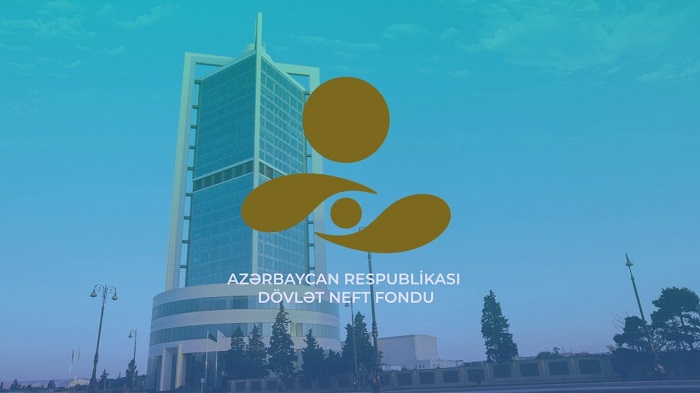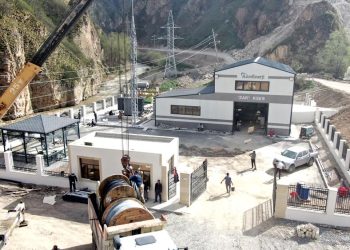The Kashagan oilfield aims to achieve first-phase output of up to 370,000 barrels of oil per day (bpd) by the end of 2017, the project’s managing director said in an interview published on Tuesday, offering hope to Kazakhstan’s stagnant oil industry.
The world’s biggest oil find in decades and most expensive oil project, Kashagan began production in September 2013 but output was halted a few weeks later after leaks were detected in its pipes.
The North Caspian Operating Company developing the oilfield started replacing the pipelines in this year, Stephane de Mahieu, the group’s managing director, told Kazakhstan’s state-run news agency Kazinform.
Output is expected to resume in the second half of 2016, he said, confirming a date announced earlier. In the first few months, output of 90,000 bpd is expected, before rising to 90,000 bpd and then 180,000 bpd, a level at which it will be kept for six months, de Mahieu said. “By the end of 2017 Kashagan will achieve a maximum production level of the first phase.
This is 370,000 bpd,” he said. “A decision will be taken then on implementing the second stage of development,” he said, without elaborating. He said investment had reached $44.5 billion by August 2014.
He did not give the cost of replacing the pipelines at Kashagan. Kazakhstan is the second-largest post-Soviet oil producer after Russia. But its crude oil production, which drives the economy, fell to 80.8 million tonnes last year from a peak output of 81.7 million tonnes in 2013.
Output is expected to shrink further to 80.5 million tonnes this year. The consortium behind Kashagan includes Eni, Exxon Mobil, Royal Dutch Shell, Total, China’s CNPC, Japan’s Inpex and Kazakh state-run company KazMunaiGas.
Reuters












